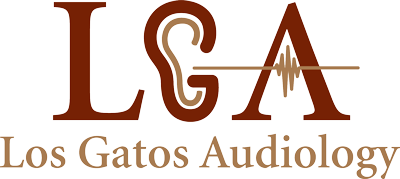Driving demands focus and attention, especially for those with hearing aids. With a few adjustments and proactive strategies, staying safe on the road is entirely achievable.
Always make sure that one’s hearing aids are in good working condition. Regular maintenance and timely battery changes are essential. Consistent visits to a hearing health professional for check-ups can help prevent any unexpected issues, ensuring that the hearing aids perform at their best.
Before starting the car, also ensure that the hearing aids are set appropriately. Some modern hearing aids come with specific settings for driving, filtering out wind and road noise while enhancing speech clarity. If possible, adjust the settings to focus on these sounds. This adjustment can make a significant difference, especially when listening to sirens, horns, or other traffic-related noises.
Minimize Distractions & Stay Aware
Reducing distractions inside the car is vital. Avoid loud radio or music, as it can interfere with hearing important traffic sounds. Passengers should also maintain a volume respectful of the driver’s need to focus. Consider using Bluetooth connectivity for calls instead of holding a phone, making it easier to keep both hands on the wheel and eyes on the road.
Since hearing aids may not catch every sound, enhance visual awareness to compensate. Constantly scan mirrors and check blind spots more frequently than usual. This habit heightens one’s awareness of surroundings, helping catch vehicles or pedestrians that may not have been heard.
Modern vehicles also often come equipped with technology to aid drivers with hearing challenges. Features such as blind-spot monitors, backup cameras, and lane departure warnings can provide additional safety layers. These technologies can alert drivers to potential hazards, even those that might not be immediately audible.
Practice Defensive Driving
Defensive driving is critical for all drivers but is particularly beneficial for those with hearing aids. Maintain a safe distance from other vehicles to allow ample reaction time. Anticipate potential issues by observing other drivers’ behavior and staying prepared for sudden movements. Combining defensive driving with heightened visual awareness creates a safer driving experience.
Knowing the route in advance also reduces the potential need for sudden, unexpected changes. Use GPS or mapping tools to plan the journey, including alternate routes for contingencies like accidents or road closures. A planned route can make travel smoother, less stressful, and safer.
Finally, maintaining calm behind the wheel is essential. Stress and anxiety can impair judgment and reaction times. Take deep breaths and try to remain composed, even in challenging situations. A calm demeanor enhances focus and helps make better decisions on the road.
Rest and Refresh
Lastly, ensure adequate rest before driving. Fatigue can reduce reaction times and impair decision-making abilities. Driving well-rested allows for better concentration and safer journeys. By following these guidelines, driving with hearing aids can become a much more secure and comfortable experience.


